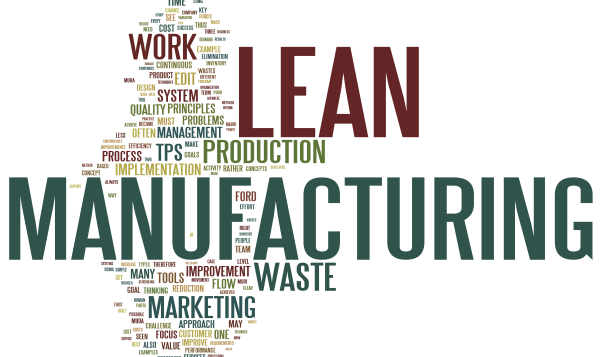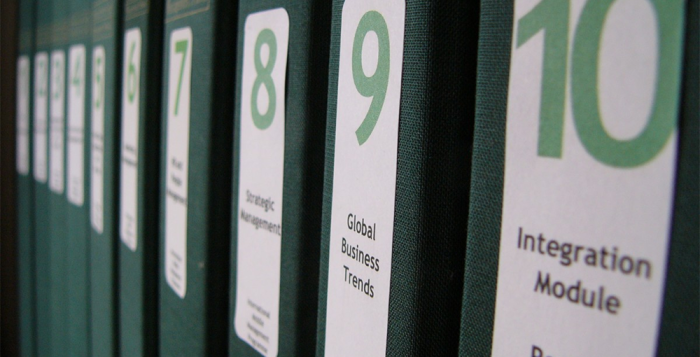Even if you have an informal quality management system within your business it is often difficult to implement the requirements of ISO 9001:2015. Depending on the size of your business this could be a task that may take six to twelve months to complete depending on the established current systems. It is vital that your staff are fully trained and engaged to make any implementation a success. The following 10 tips are vital to smoothly and effectively implementing an ISO 9001 management system:
- Get senior management commitment; while this may sound a little cliché, without the full commitment of your management team throughout the business it is going to be very difficult to drive home the changes and improvements that are required.
- Provide training at all levels in the business. Your staff needs to understand not only about the requirements of ISO 9001 but also the different quality principles that they should strive to implement within their every day work. Training should be provided on an ongoing basis according to perceived needs.
- Ensure that you have effective internal communication. Without this you are not going to be able to maintain the constancy of purpose that is required.
- Establish an implementation team with the authority to make things happen. You cannot just implement an ISO 9001 management system by assigning a management representative and expecting them to do everything in isolation. You need to identify the staff that will be required at all levels throughout the business to craft your system.
- Conduct a Gap Analysis; you need to fully understand where your current system meets or fails to meet the expectations of ISO 9001:2015 so that you can allocate resources accordingly.
- Involve customers and suppliers in analyzing your current systems. It is important to understand how others view the effectiveness of what you currently do and what they expect from you to improve things.
- Plan your implementation fully; responsibilities, roles and schedule. As with any project, the better that you plan it the more likely you are to have success.
- Create clear and concise policies and objectives for quality to provide the company with a common direction. Well communicated and understood these will help your company to move forward together.
- Encourage everyone to question and improve. It is not enough to only have auditors looking for issues with the systems; everyone should continually seek better ways to do things.
- Conduct regular reviews of your ISO 9001 management system through your auditing process to ensure that you are continually improving how your systems function.
In addition to the above, foster a good relationship with your certification body. Your auditor is not there to catch you out. They will want to help you to develop and grow a system that will significantly benefit your business, so use them fully.












